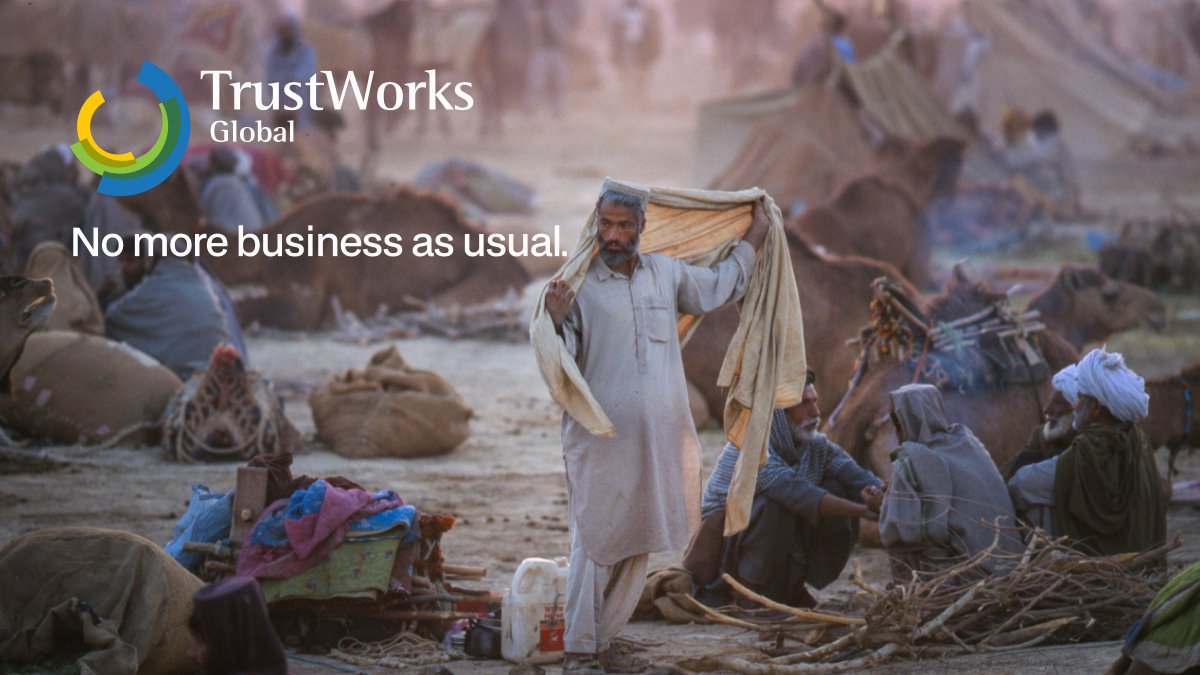
Brief 4: Parallel duties: Navigating International Humanitarian Law & Heightened Human Rights Due Diligence in Conflict-Affected Areas
Brief 4: Parallel duties: Navigating International Humanitarian Law & Heightened Human Rights Due Diligence in Conflict-Affected Areas
Overview
Around the world, respect for the laws that were designed to regulate warfare – International Humanitarian Law (IHL) – is under intense pressure. With over 120 active conflicts, the risk of violence escalating and newconflicts emerging is real – often with devastating consequences for civilians. As companies expand their presence in, or connection to, conflict-affected areas, their exposure to IHL implications also increases. In this environment,businesses face a critical two-layered challenge: to ensure their activities neither fuel conflict nor contribute to harm on the one side, and to play an active role in upholding the principles of IHL on the other. Meeting this challenge is essential not only to safeguard civilian protections, but also tomanage serious legal, operational, financial, and reputational risks.
While governments and armed groups remain the primary duty-bearers, there is growing recognition that upholding IHL is a shared responsibility. Companies with operations or supply and value chains in conflict-affected areas – jurisdictions where IHL is in force – are also expected to play a role in mitigating harm and avoiding complicity in violations. This expectation is reflected in the UN Guiding Principles on Business and Human Rights (UNGPs), which recognise that the heightened risk of gross human rights abuses in conflict settings requires businesses to strengthen their due diligence efforts – under a principle of “proportionality” – and that businesses should respect the standards of IHL in situations of armed conflict.
Heightened human rights due diligence (hHRDD) has emerged as a critical tool for companies to navigate the risks of operating in conflict settings.
However, there is insufficient understanding and awareness of the need for companies to account for both hHRDD and IHL risks. It is important to recognise that IHL and hHRDD are distinct frameworks: IHL imposes specific legal obligations in times of armed conflict that are not covered by human rights law or the UNGPs; this sits separate from, but alongside, a typical hHRDD process. Accordingly, in conflict contexts, both IHL and hHRDD risks and impacts should form part of a company’s due diligence process. Doing this will help companies manage their legal, operational, financial, and reputational risks in a manner that allows them to do business in the most challenging contexts, while also protecting communities and making a positive contribution to respect for international legal norms.
This brief explores the relationship between IHL and hHRDD, highlighting why companies cannot afford to overlook their IHL responsibilities in today’s increasingly volatile global landscape. The brief covers the following questions:
- What is IHL?
- How is IHL relevant to companies, their personnel and their activities?
- Why is it necessary to respect both IHL and hHRDD?
- What does this mean for companies with business activities in conflict-affected areas ?
About this series
The Responsible business in conflict-affected areas series, led by TrustWorks, provides timely insights to questions raised by our company clients and partners; the briefs are designed to support company representatives navigate the responsible business in conflict agenda. This is the third brief in the series.
The brief is structured to cater for both busy and avid readers: on the left hand column, busy readers can skim through the main messages of the brief. Avid readers, with a bit more time on their hands, can read the right-hand side for a more in-depth understanding of the issues at hand.
